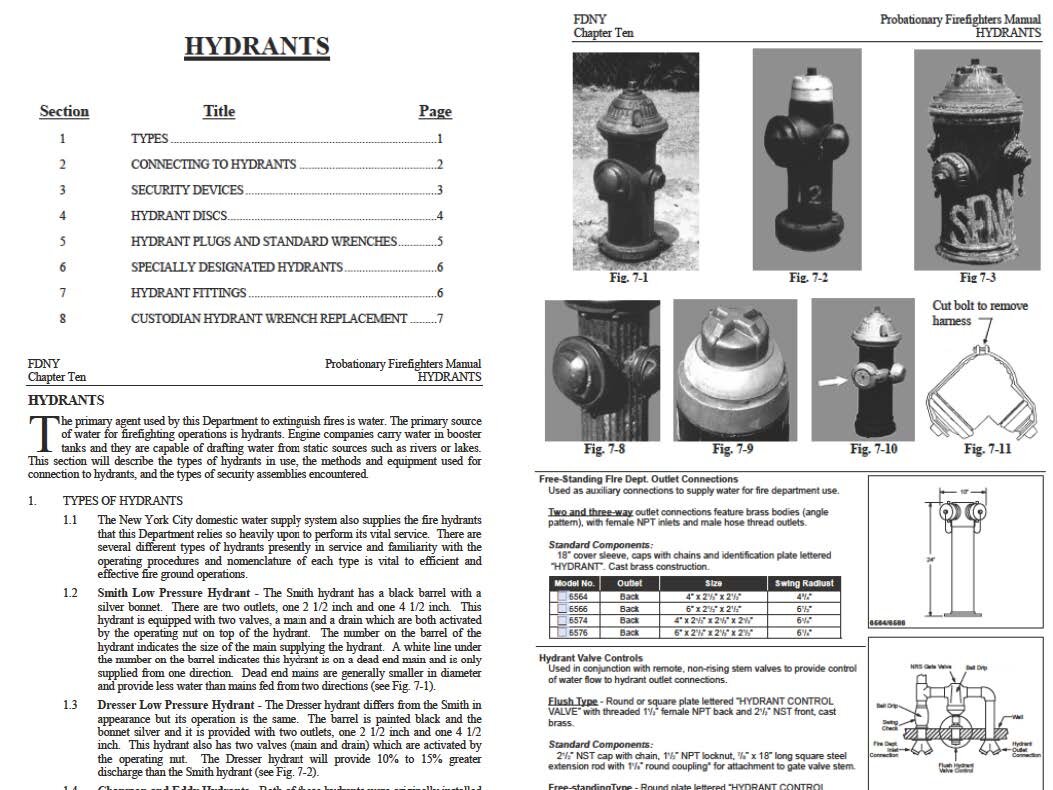Pipeseat
A seat designed to fit on top of New York standpipes to increase the amount of public seating in the city. Also: A playful concept for how to hack existing urban infrastructure.
Self-initiated project
Defensive Design & Hacking NYC
Defensive design tries to control behavior and limit the ways an object is being used. For standpipes this mainly means installing spikes on top that discourage sitting. Apart from keeping pedestrians from sitting down, these spikey standpipes also look like a lot like absurd sculptures clearly showing that the initial design is failing.
My intention with PIPESEAT is to do exactly the opposite to the spikes. Disobeying by sitting.
Official map of public seating in NYC - source: www.nyc.gov
Lack of Public Seating
“Standpipes are required in all buildings in New York City that are more than 75 feet tall or higher than six stories.”
— www.nyc.gov
In New York City the number of homeless people is growing. As a consequence of keeping the homeless outside the city centre, NYC is lacking public seating. At the same time, seniors in New York walk much more than anywhere else in the US. The lack of seating opportunities is a potential health risk as well as a limitation for inclusivity.
Space is limited, but there’s hope: Every building in NYC that is more than 75 feet tall or higher than 6 stories is required to have a standpipe.














